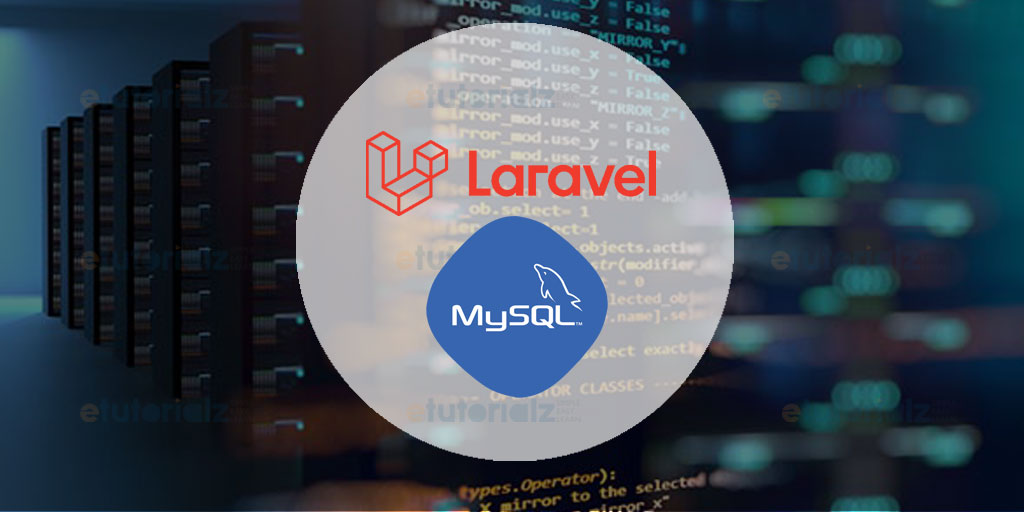Migration is powerful feature of laravel framework which is handling though it's own cli tool i.e. Artisan. It's a amazing feature to manage for version control of database. Now, we are going to elaborate some steps to alter a column in existing database table.
Step 1: Open Terminal
As we know for running cli command, we need to open a terminal.
Step 2 : Install migrations table
Migration is core feature of laravel but we need to install it by cli command.
php artisan migrate:installwhen we run this command, it'll create migration repository in databse with two tables i.e. migrations and failed_jobs which will store all informations about future migrations.
Step 3 : Create migration
After installing migration, we are going generate a empty migration script.
php artisan migrate:make create_products"create_products" is just a simple name for of understanding of migration script. You can update it too.
This command will create skeleton of migration at path i.e. [ROOT_OF_YOUR_APPLICATION]/database/migrations/ by adding timestamp in file name like 2020_18_02_213439_create_products.php
class Create_Products extends Migration {
/**
* Make changes to the database.
*
* @return void
*/
public function up()
{
//
}
/**
* Revert the changes to the database.
*
* @return void
*/
public function down()
{
//
}
}
Step 4: Create Table and add some database
After generating a skeleton of migration, we are going add some script to create a products table in database and insert some test data in products table.
class Create_Products extends Migration {
/**
* Make changes to the database.
*
* @return void
*/
public function up()
{
Schema::create('products',function($table){
$table->increments('id');
$table->string('name', 20);
$table->string('description', 255);
$table->string('sku', 64);
$table->boolean('available');
$table->timestamps();
});
DB::table('products')->insert(array(
'name' => 'TEST PRODUCT 01',
'string' => 'lorem ipsum text lorem ipsum text',
'sku' => 'PRDCT8761',
'available' => 1
));
}
/**
* Revert the changes to the database.
*
* @return void
*/
public function down()
{
//
}
}
Step 5 : Run Migration
In this step, we need to run migration for creating "products" table.
php artisan migrateNow, we have created a table i.e. products in our database.
Note: If you already have existing table which you want alter by a column, you don't need to perform above mentioned Step 3 to Step 5.
Step 6 : Create Migration for alteration of a column
As mentioned above in "Step 3", we need to create a skeleton of migration of alteration of a column.
php artisan migrate:make update_products_by_available_type_changeThis will create a skelton file like 2020_18_02_213439_update_products_by_available_type_change.php
Step 7 : Update alter script
class UpdateProductsByAvailableTypeChange extends Migration {
/**
* Make changes to the database.
*
* @return void
*/
public function up()
{
DB::query("ALTER TABLE `testdb`.`products` CHANGE COLUMN `available` `available` tinyint(1) NOT NULL DEFAULT '1';");
}
/**
* Revert the changes to the database.
*
* @return void
*/
public function down()
{
//
}
}Step 8 : Run Migration
In this step, we need to run migration for adding our alteration script.
php artisan migrateNow, we are done with alteration of a column in database table.
